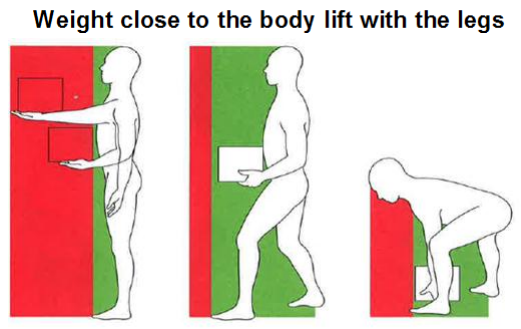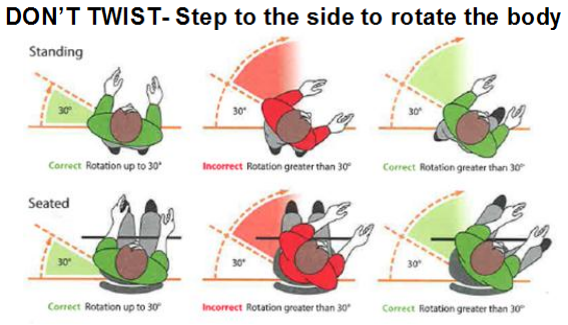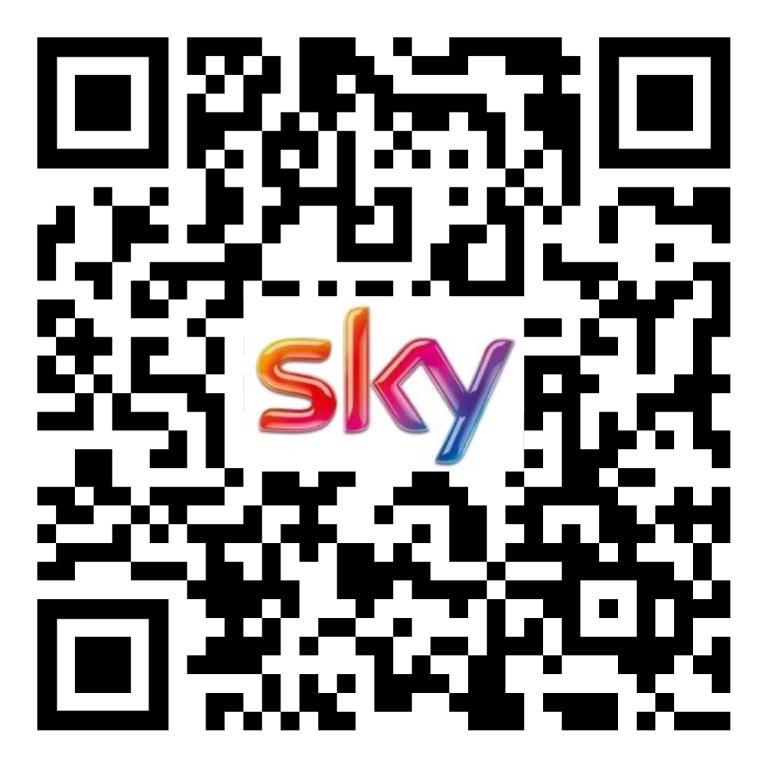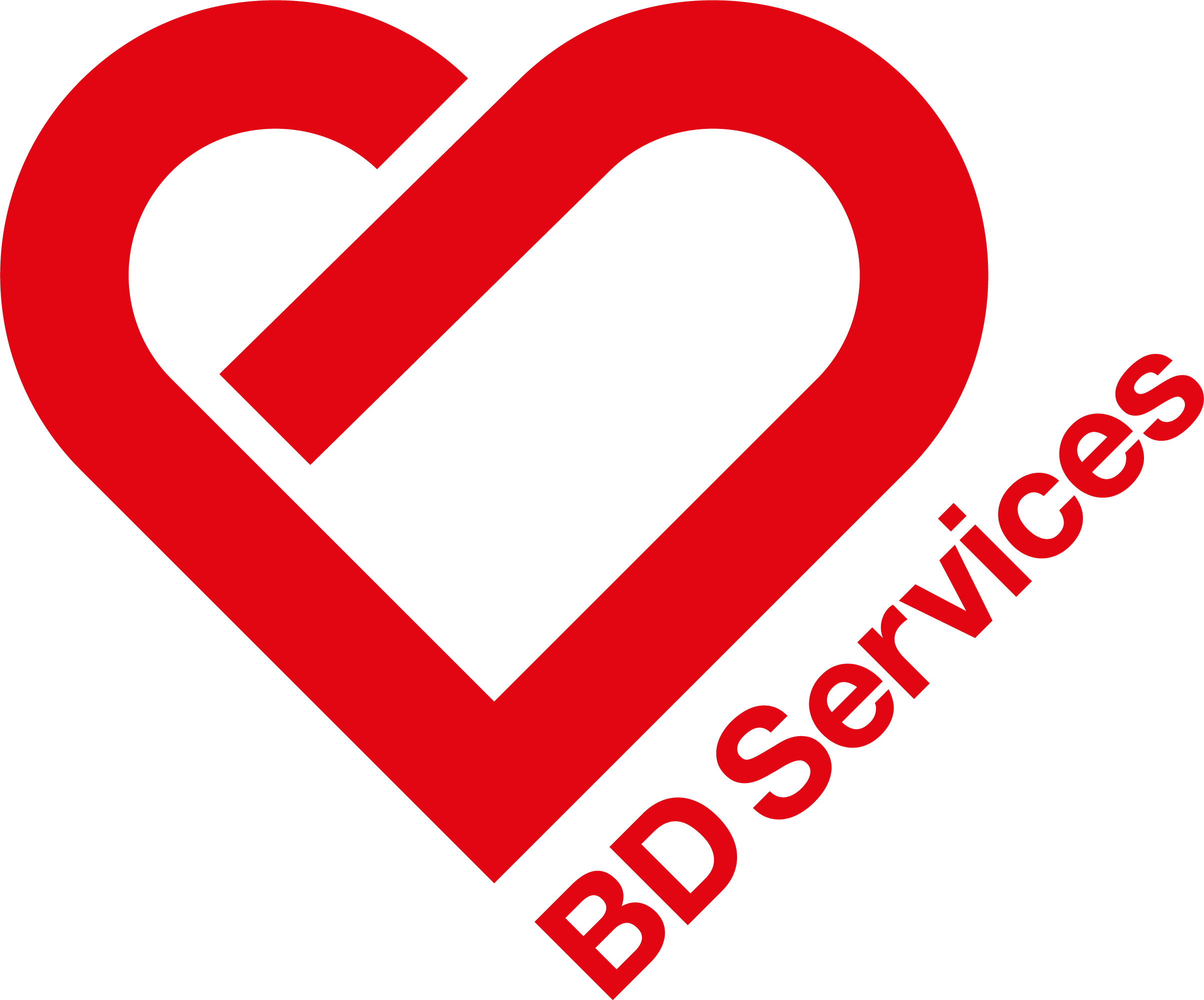Title Page
-
Client / Site
-
Location
-
Conducted on
-
Prepared by
-
Nature of work
Manual Handling Discussion
-
WHAT IS MANUAL HANDLING?
Manual handling is the application of human effort to move or hold a load by
lifting, lowering, pushing, pulling or carrying – or a combination of these
operations. Many handling operations can be done using mechanical aids.
This should be explored before any manual lifting is undertaken.
What are the possible negative health effects of manual handling?
Manual handling can result in fatigue, and lead to injuries of the back, neck,
shoulders, arms or other body parts. Two groups of injuries may result from
manual handling:
• Cuts, bruises, fractures etc, due to sudden, unexpected events such as accidents
• Damage to the musculoskeletal system of the body (muscles, tendons, ligaments, bones, joints, bursa, blood vessels and nerves) as a consequence of gradual and cumulative wear and tear through repetitive manual handling. These injuries are called ‘musculoskeletal disorders’ (MSDs)3 and can be divided into 3 groups:
o Neck and upper limb disorders
o Lower limb disorders
o Back pain and back injuries.
Always use good manual handling techniques THINK before lifting/handling – Do I actually have to manually handle this load? Can I use mechanical aids?
Apply the principles of: TILE
Task
Individual
Load
Environment
PLAN where is the load going.
REMOVE obstructions don’t make things harder for yourself.
OBSERVE proper postrure.
AVOID twisting your back or leaning sideways. Shoulders should be level.
DON’T lift or handle weight you are not comfortable with. -
-
-
Follow-Up Questions
-
Do all employees fully understand hazards and the preventive measures when doing manual handling and lifting heavy loads?
-
Are there any incidents and physical injuries which involved the lifting and carrying loads?
-
Does anyone experience any concurrent health conditions which need to be addressed immediately?
-
Are there any other concerns?
Confirmation
-
Competent Person (Full Name and Signature)
-
By signing this, you confirm that the information discussed during this meeting were fully understood.
-
Click + to add signee who participated during the toolbox talk meeting
Signee
-
Full Name and Signature














